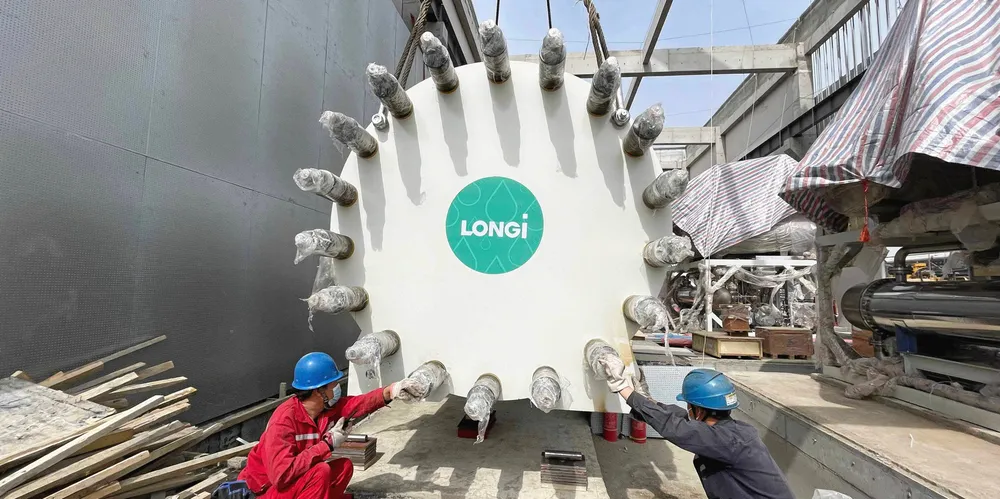Green hydrogen to overtake blue in energy transition cost race 'by 2030': IHS Markit
Ever-cheaper renewables-powered production points to it being lower-price than natural gas version by end of decade, says analyst

Ever-cheaper renewables-powered production points to it being lower-price than natural gas version by end of decade, says analyst
